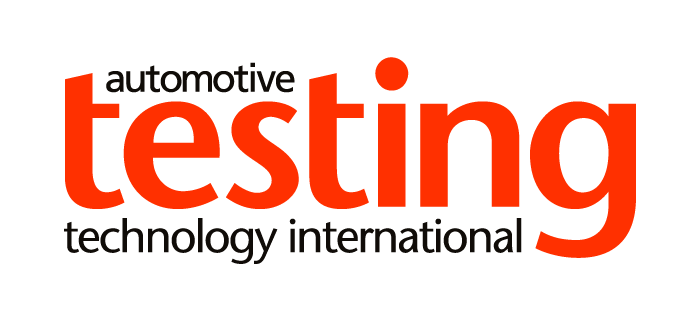Software Motor Company (SMC) and Ansys are collaborating to accelerate the development of ultra-efficient switched reluctance motors (SRMs) that solve critical noise vibration and harshness (NVH) issues. This will spur adoption of SMC’s advanced motors across many industries, slashing global energy demand via increased efficiency and helping reduce climate change.
Traditional alternating current induction motors drive consume over 45% of the world’s electricity. SRMs are much more energy efficient, reliable and durable, but to drive industry adoption, these advanced motors must overcome critical NVH challenges — requiring months of prototype testing and weeks of simulation. An enhanced workflow can greatly compress that development time, ensuring motors run silently, increasing energy efficiencies and decreasing carbon impact.
SMC and Ansys are building an automated, optimized and repeatable workflow for rapid design and analysis of SMC’s Q-series SRMs, engineered for commercial adoption with radically reduced NVH. Leveraging Ansys workflow technologies — including cutting-edge multiphysics simulation and Ansys Cloud — will enable implementation and adoption of SMC’s advanced motors by companies across numerous industries.
Prith Banerjee, chief technology officer at Ansys, says, “This automated, optimized and cloud-based motor design and analysis platform significantly speeds SMC’s development of next-generation SRMs which promises to disrupt a $100 billion-plus industry and alter how the world consumes energy.”


